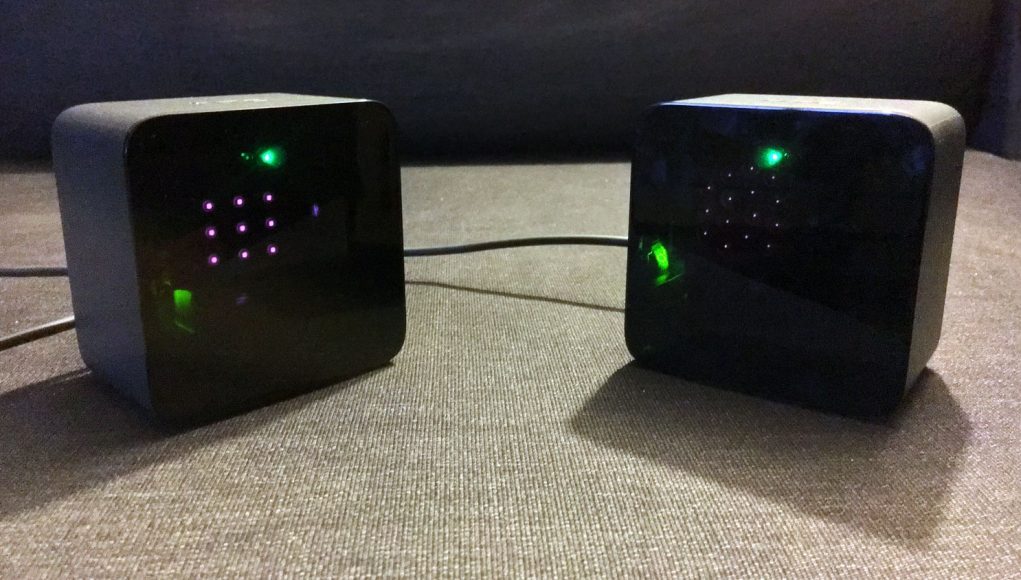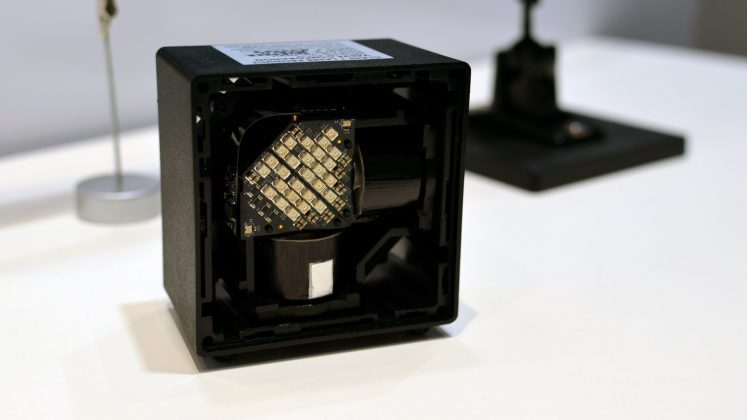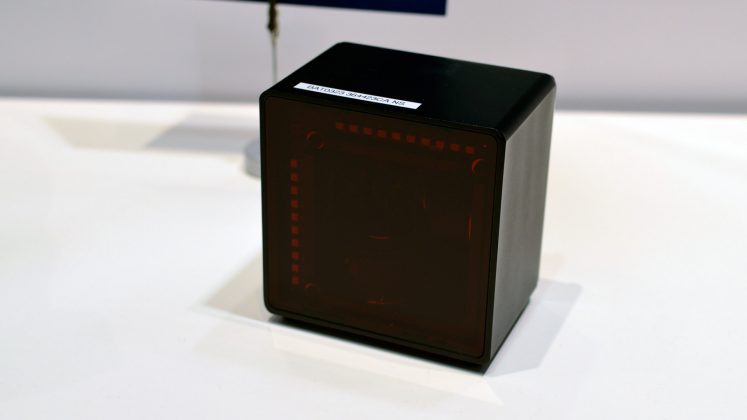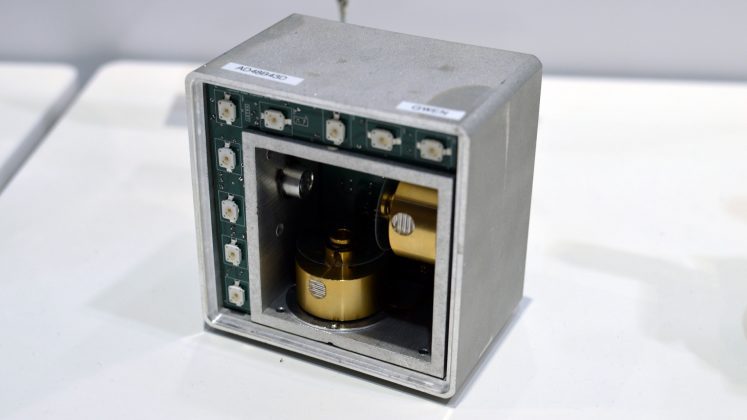Although HTC has hardly even hinted at a Vive 2, the company is continuing to make subtle improvements to their first headset that’s been selling in stores since April 2016. In addition to a 15% reduction in weight, the latest headsets are shipping with tweaked SteamVR Tracking (AKA Lighthouse) Base Stations and redesigned packaging.
The Vive just celebrated its one year anniversary last week and HTC was offering $100-off of the Vive system which includes the headset, two controllers, and two Base Station beacons which allow SteamVR Tracking to work its magic. If you jumped in on the anniversary sale, you might even end up with one of the latest Vive headsets which have seen a number of tweaks since the device’s launch just over a year ago.
Last week we reported that the latest Vive headsets rolling off the production line weighed 15% less than they did at launch. And now we’ve learned of some additional changes that have come since the launch of the headset.
Road to VR has confirmed that tweaked Base Stations are shipping with the latest Vive headsets. These are not the completely redesigned Base Stations that Valve said will begin shipping this year, but rather a subtle design change to the infrared LED array that’s essential to the operation of the SteamVR Tracking system.

As far as we’ve seen, every consumer Vive has previously shipped with Base Stations that have a 15-LED array which you can spot if you look carefully through the black front of the unit. The newer tweaked Base Station has a more rigidly aligned 9-LED (3×3) array. Beyond this we haven’t spotted any other visual differences, though it’s possible there’s some internal differences that we wouldn’t find without cracking the case open.
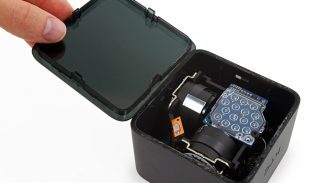
Why the change? That’s a question we put to HTC, though they didn’t give us a specific answer.
“As you may know, we constantly are updating the hardware, but not making an specific announcements at this time,” an HTC spokesperson told us when we asked about the changes to the Base Station.
One guess is that the IR LED’s could be brighter, which could mean increased range. In side-by-side pictures, it does look that way, though as the images were captured with a visible-light camera, it’s quite possible that the new LEDs are not in fact brighter, but simply emit more light in the visible spectrum.
It has been said previously by Alan Yates—the Valve engineer credited with designing SteamVR Tracking (AKA Lighthouse)—that the range bottleneck of the system is the LEDs (which flash to serve as a ‘sync pulse’ that allows for a consistent timing reference, a critical part of the tracking calculations). The lasers can go out quite far while remaining eye-safe, but the LEDs can’t reach as far (whether it’s an eye-safe issue or not for the LEDs isn’t clear).
SteamVR Tracking Base Station prototype in slow motion shows the IR LED sync pulse in action | Video courtesy Alan Yates
Thanks to the assistance of developer Craig Albert, we were able to run a rudimentary range test with the new Base Stations, which involved quite simply using the Vive controllers and Trackers and moving backward from the Base Station until the point of tracking failure. In the tests the new Base Station seemed to offer strong tracking for about one extra foot further than the older Base Station, though given the unscientific nature of the test and the small apparent difference, this could easily fall in the margin of error, so I wouldn’t suggest putting any money on that finding.
Even if the range difference is null, another potential reason for the change could be reduced cost. Yes LEDs are cheap, but there’s also the cost of placing components on boards. If each LED costs you 2¢ to buy and place, and there’s 15 on each Base Station (and two Base Stations per Vive), by the time you’ve sold 500,000 Vives, you’ve spent $300,000 on LEDs. If you were buying and placing 9 LEDs per Base Station instead, you’d cut your costs by $120,000 in the same number of manufactured systems—not a bad bit of pocket change for a little tweak.
The SteamVR Tracking Base Stations have seen a number of design iterations (including varying LED counts and layouts) throughout the creation of the tracking system. Above is a small gallery showing different configurations from three different pre-release prototypes.

